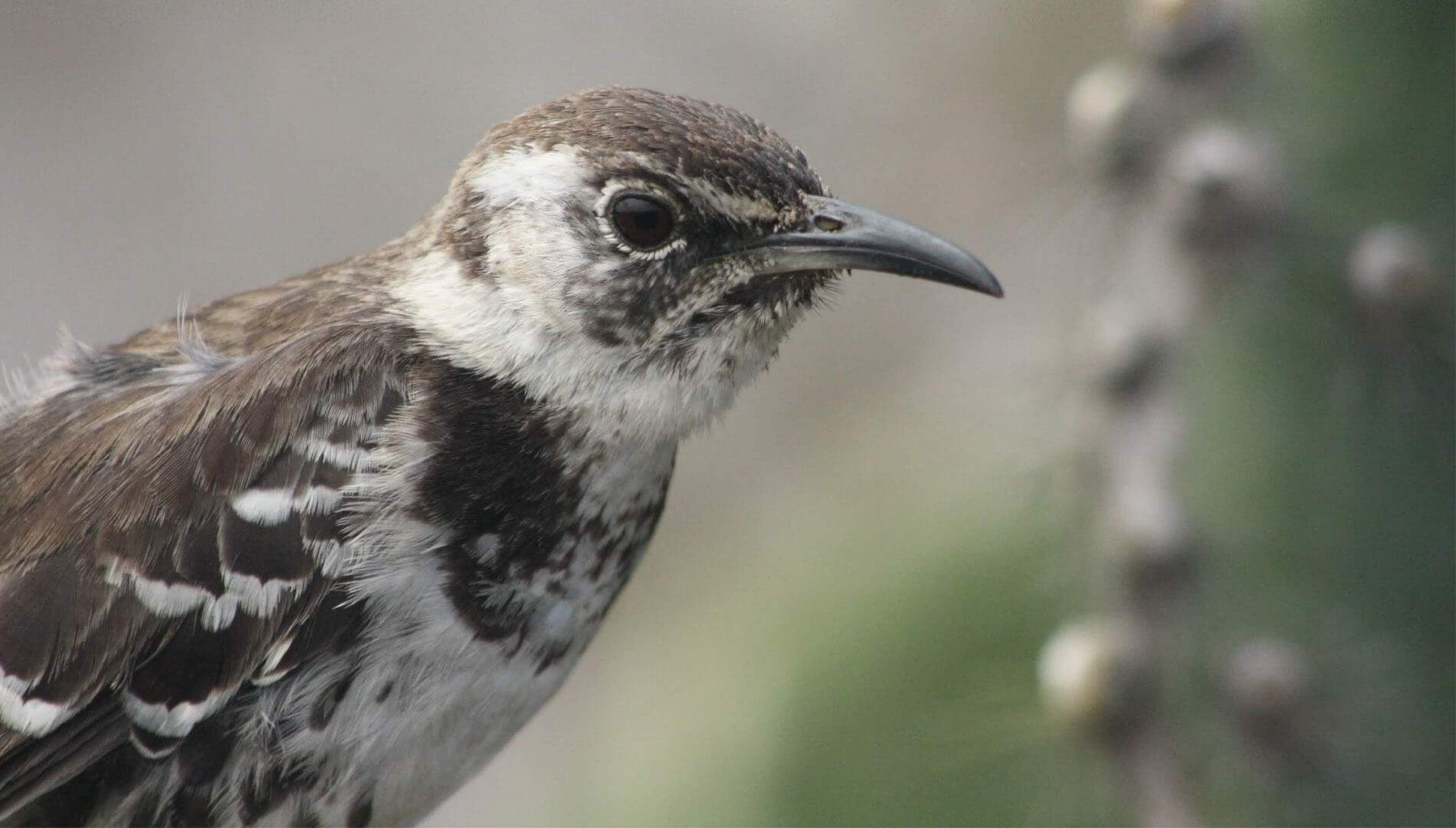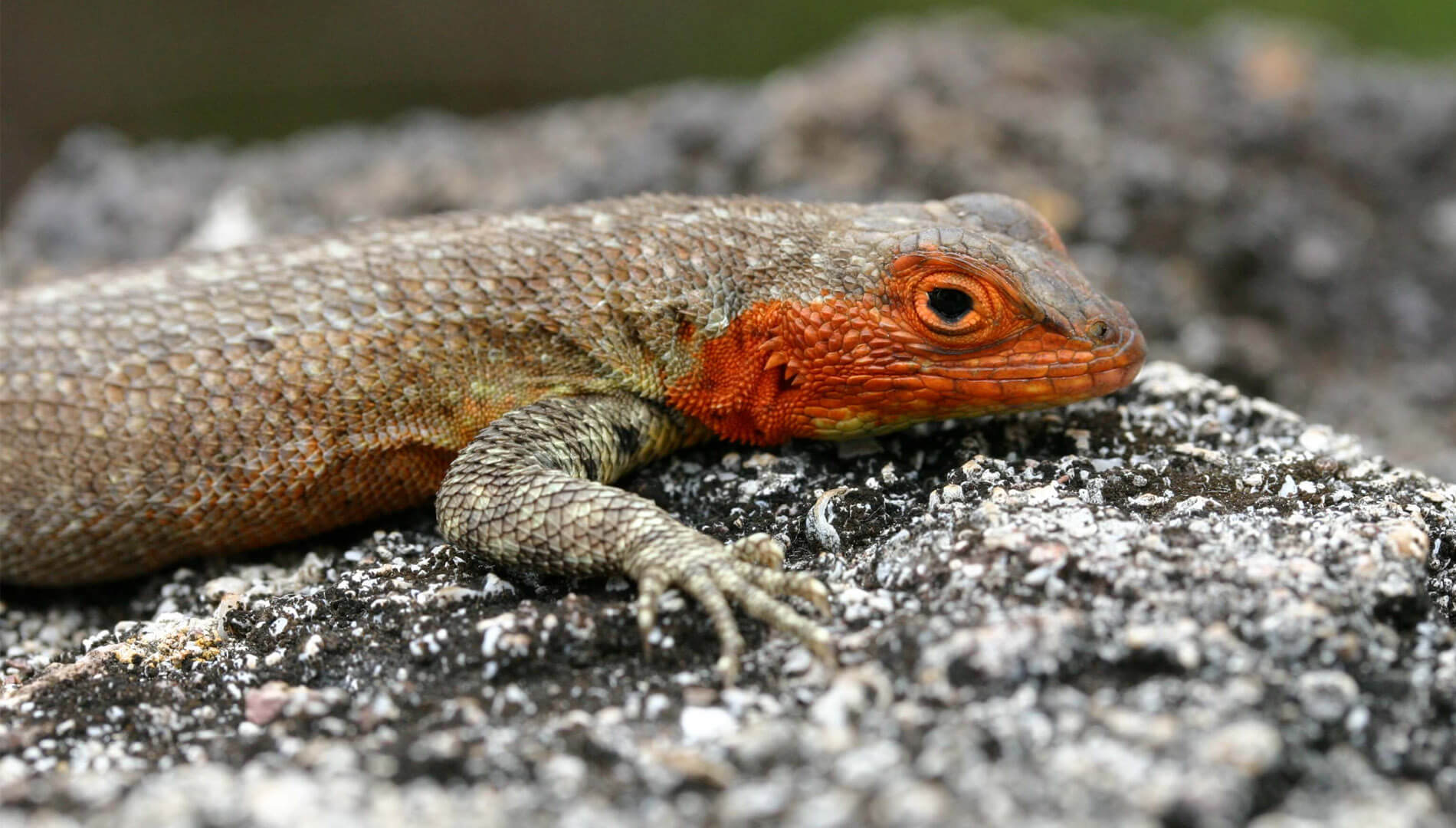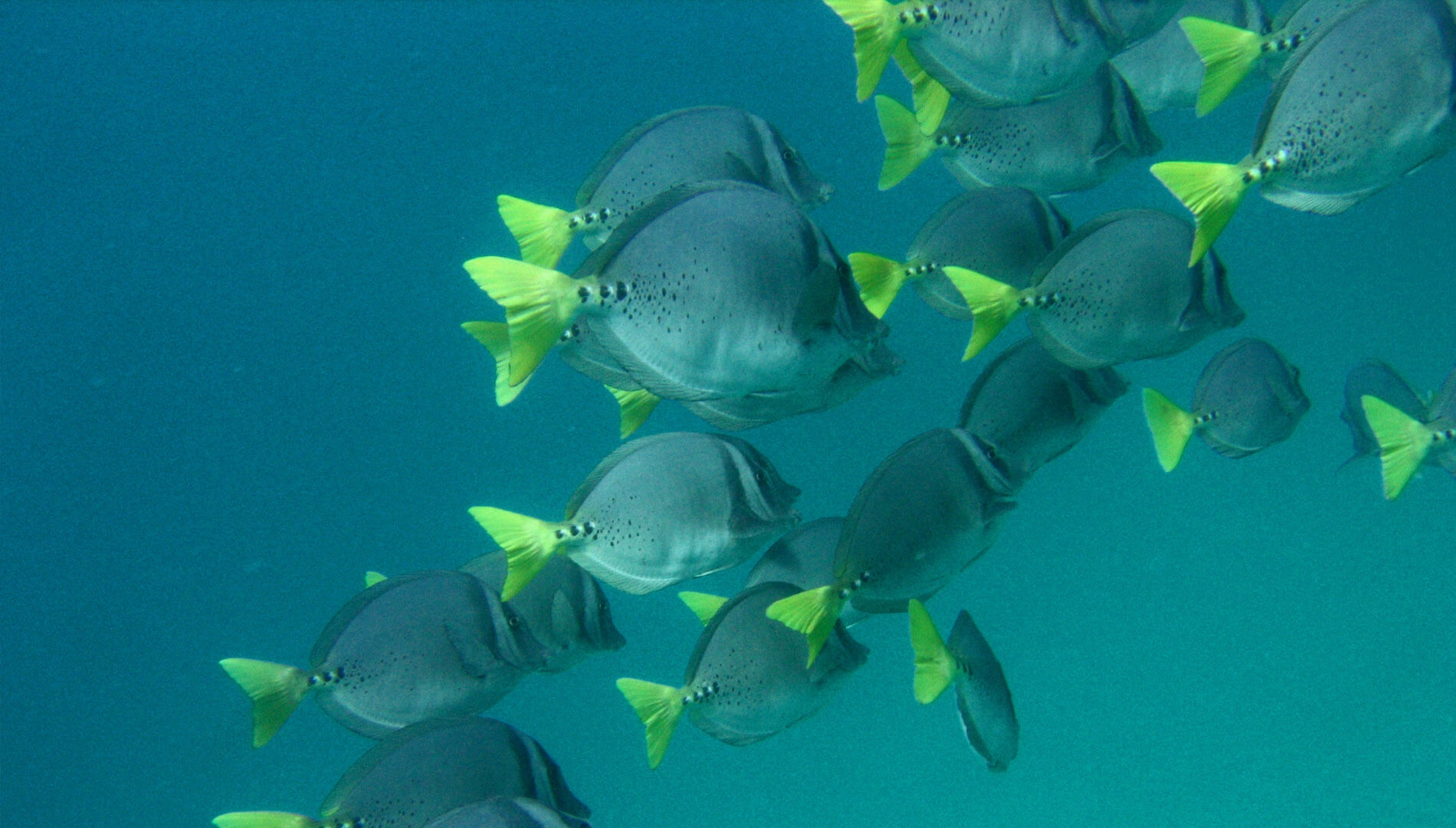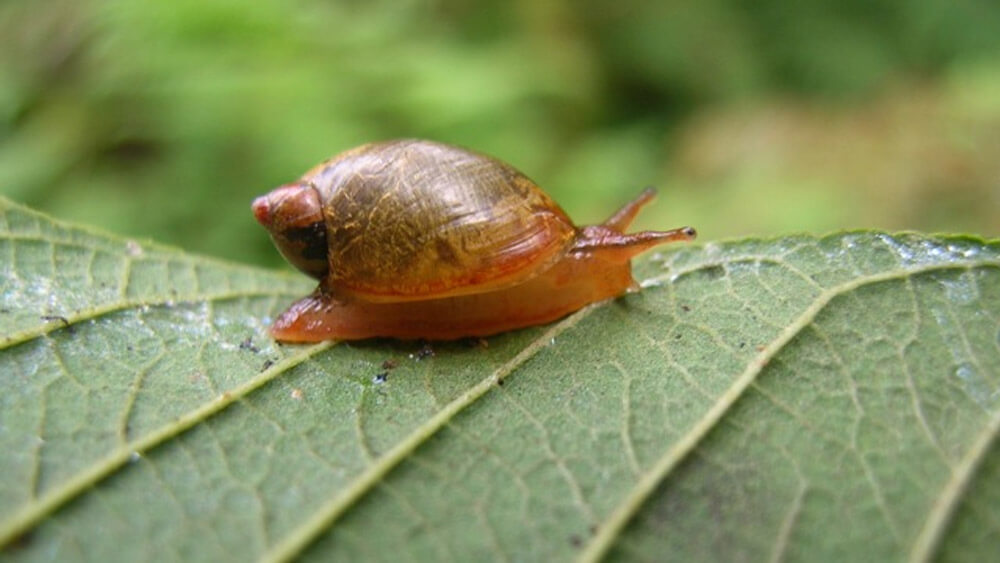Use this key to help you read the map below, and explore Floreana!
| Follow Darwin’s journey across Galapagos | |
| Observations that Darwin made while in Galapagos | |
| Important ideas that would eventually lead Darwin to make further discoveries | |
| Invasive species that can be found on this Island |
Floreana Facts!
Fascinating Fact: Post Office Bay gets its name from a wooden box that acted as a post box, nailed to a post behind the beach. Whalers would use it in the 1800’s to send and receive letters on their long voyages. Ships arriving at the islands left letters for crew on ships already there and those leaving would take letters homeward bound! It was later replaced with a barrel. Visitors to Floreana can still send letters and cards in the hope that other travellers may be able to deliver it in when they return home!
Area (km)
Population Now (Approx.)
Highest Elevation (m)
What amazing species did Darwin encounter in Floreana?
Darwin also encountered a whole host of other species including:
Incense trees, Yellow cordia shrubs, Pepper scented croton bushes, White blossomed gloryblower, Galapagos lantana, parasitical plants on trees, Galapagos rail, Sharp-beaked ground finch, Freshwater snails, spiders, ants, flies and moths.
Living Legends
Linking Darwin’s Observation’s with Modern Science
The Floreana Mockingbird
Darwin was fascinated by the mockingbirds (or mocking thrushes as he called them). Being so tame and very inquisitive they could easily be observed. He wrote of one landing on the cup he had in his hand and drinking out of it! Today, some tourists still experience a mockingbird landing on their hat!
“One day, whilst lying down, a mocking-thrush alighted on the edge of a pitcher, made of the shell of a tortoise, which I held in my hand, and began very quietly to sip the water; it allowed me to lift it from the ground whilst seated on the vessel: I often tried, and very nearly succeeded, in catching these birds by their legs.” – Charles Darwin
Arriving on Floreana, Darwin realised they appeared to be different than on San Cristóbal and so made detailed notes and observations, excited that he may have discovered a new species. In collecting mockingbirds from all 4 islands he visited, he had indeed collected 3 new species. He wasn’t to find this out until later.
The mockingbirds were so important in developing his theory of evolution, they were the only species from the Galapagos that he specifically wrote about in ‘The Origin of Species.’
Due to invasive species introduced by humans the Floreana mockingbird is now one of the rarest birds in the world and is extinct from the main island. It survives only on 2 small satellite islands near Floreana. Today, scientist Luis Ortiz-Catedral is running a project with the aim to learn more about the different types of mockingbird that live on these islets. It is hoped that his research and findings will help the population grow again.
Click here to find out more about the Floreana Mockingbird project.





